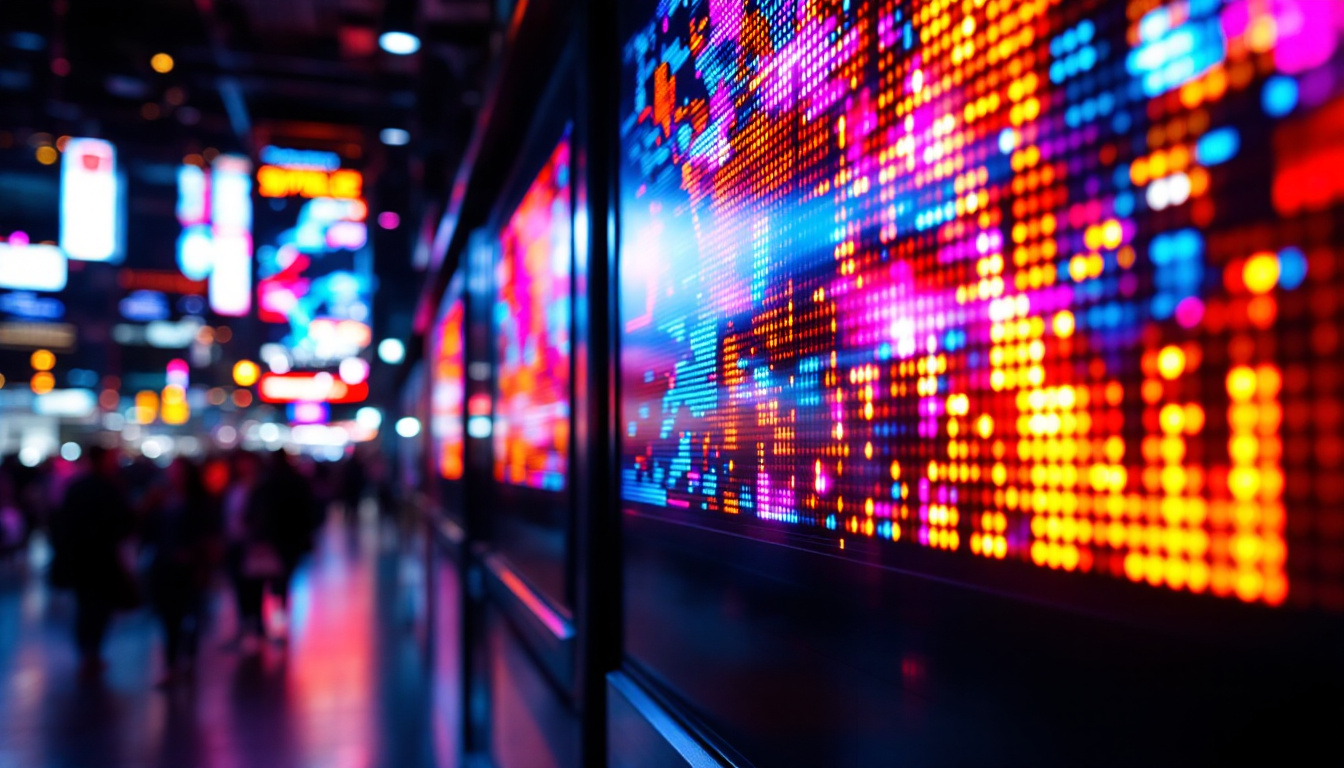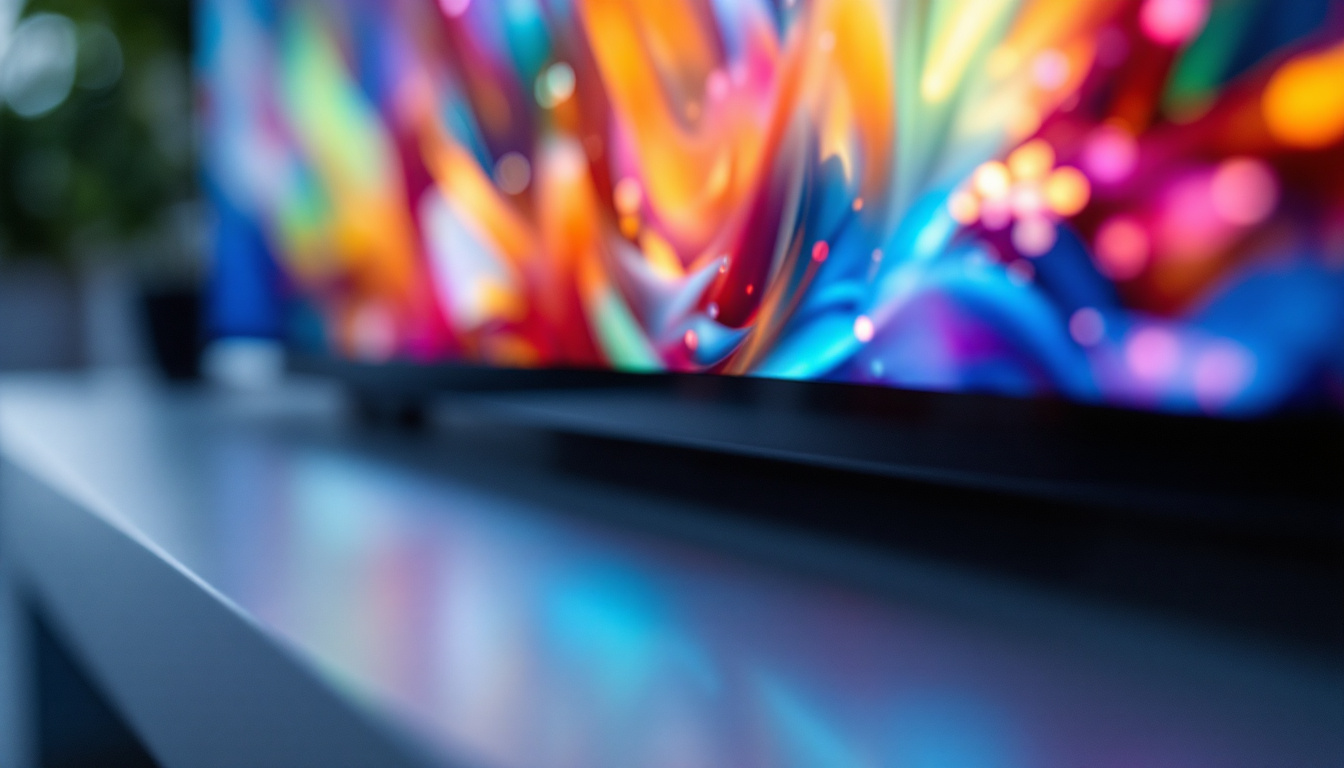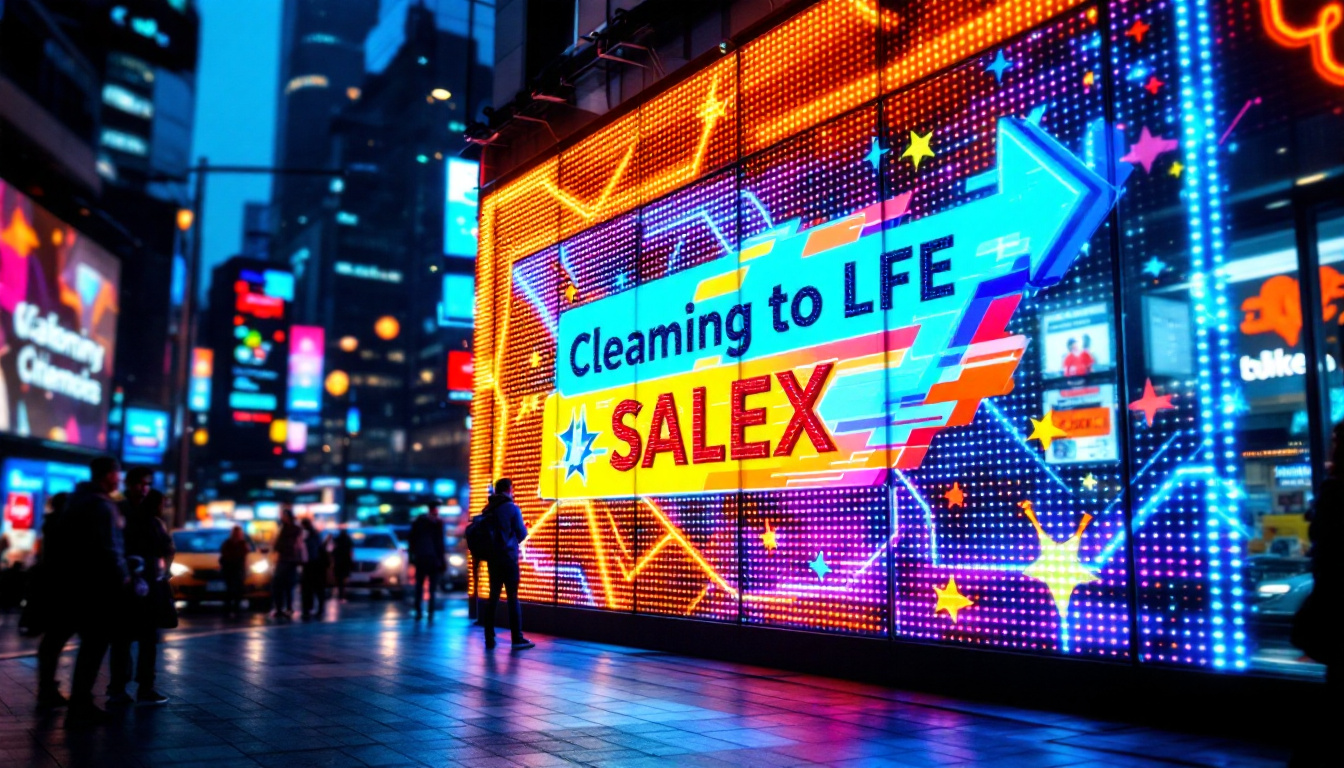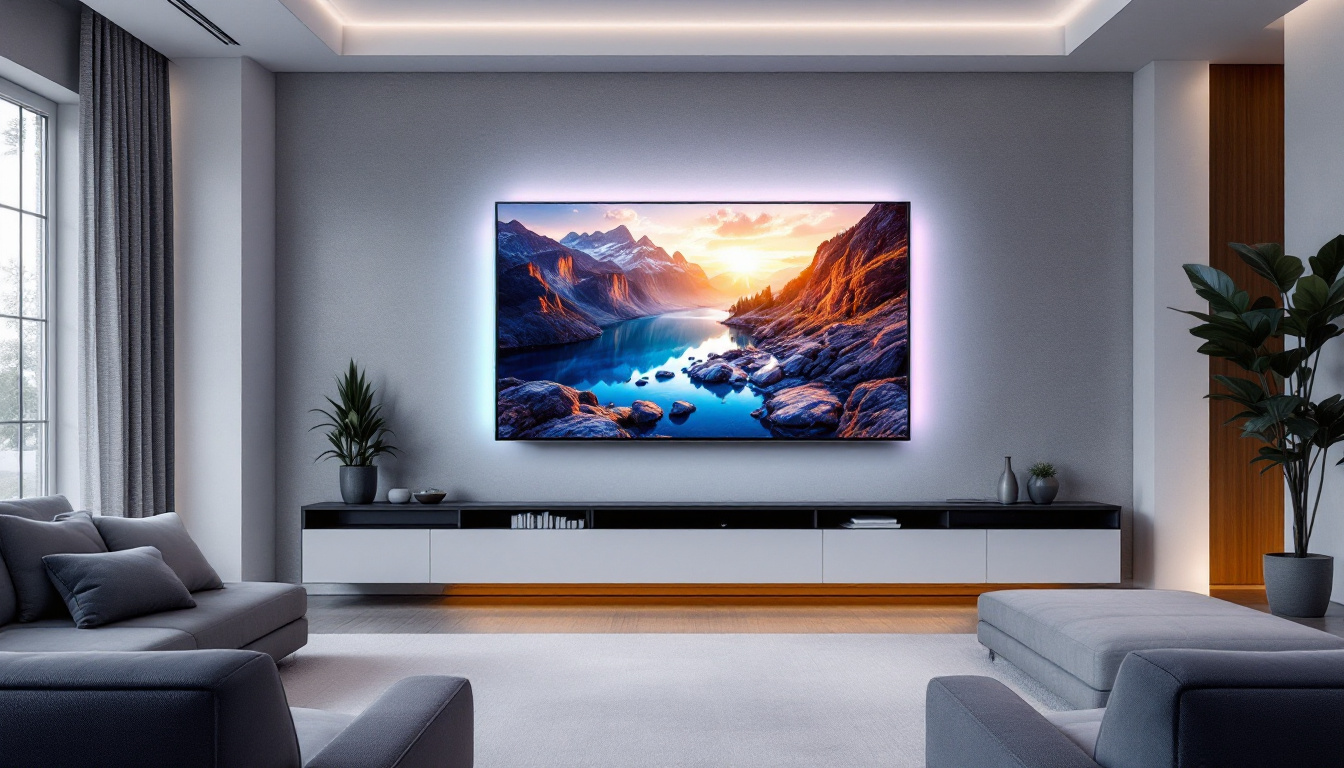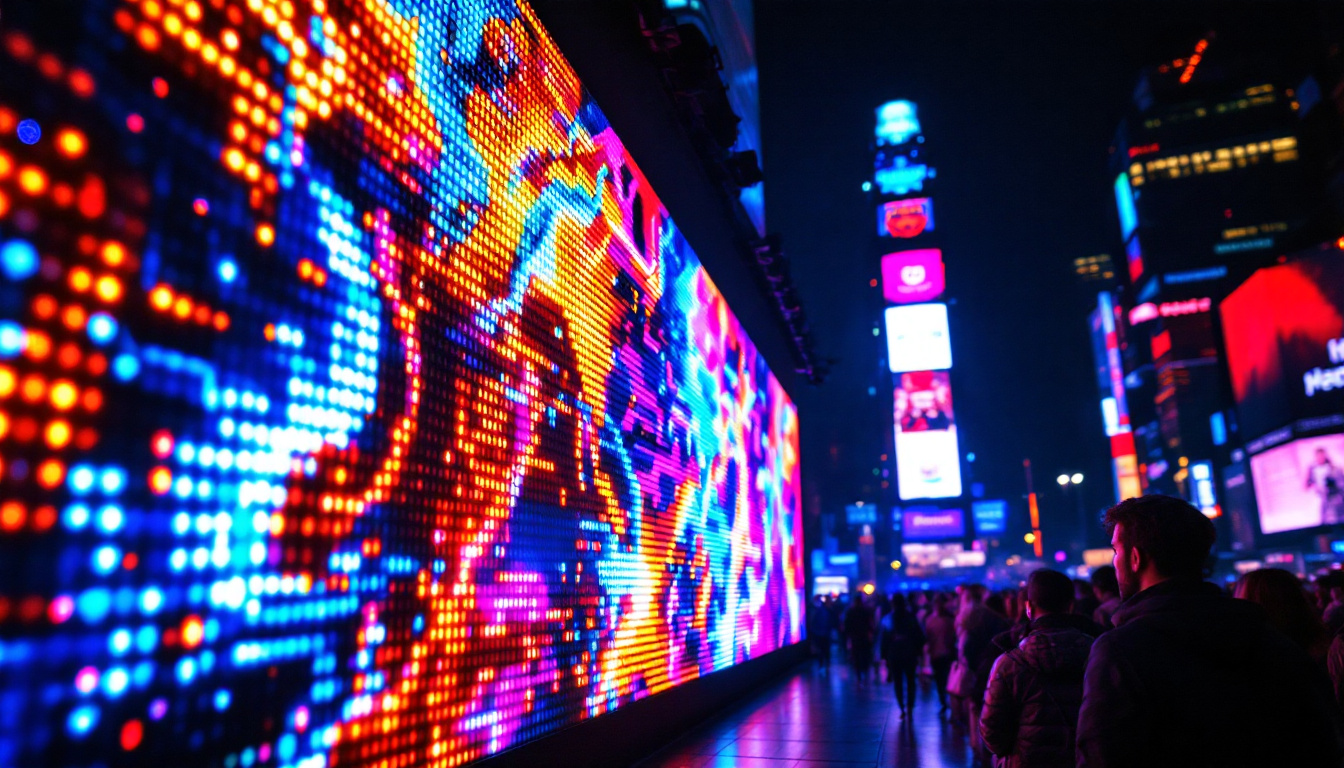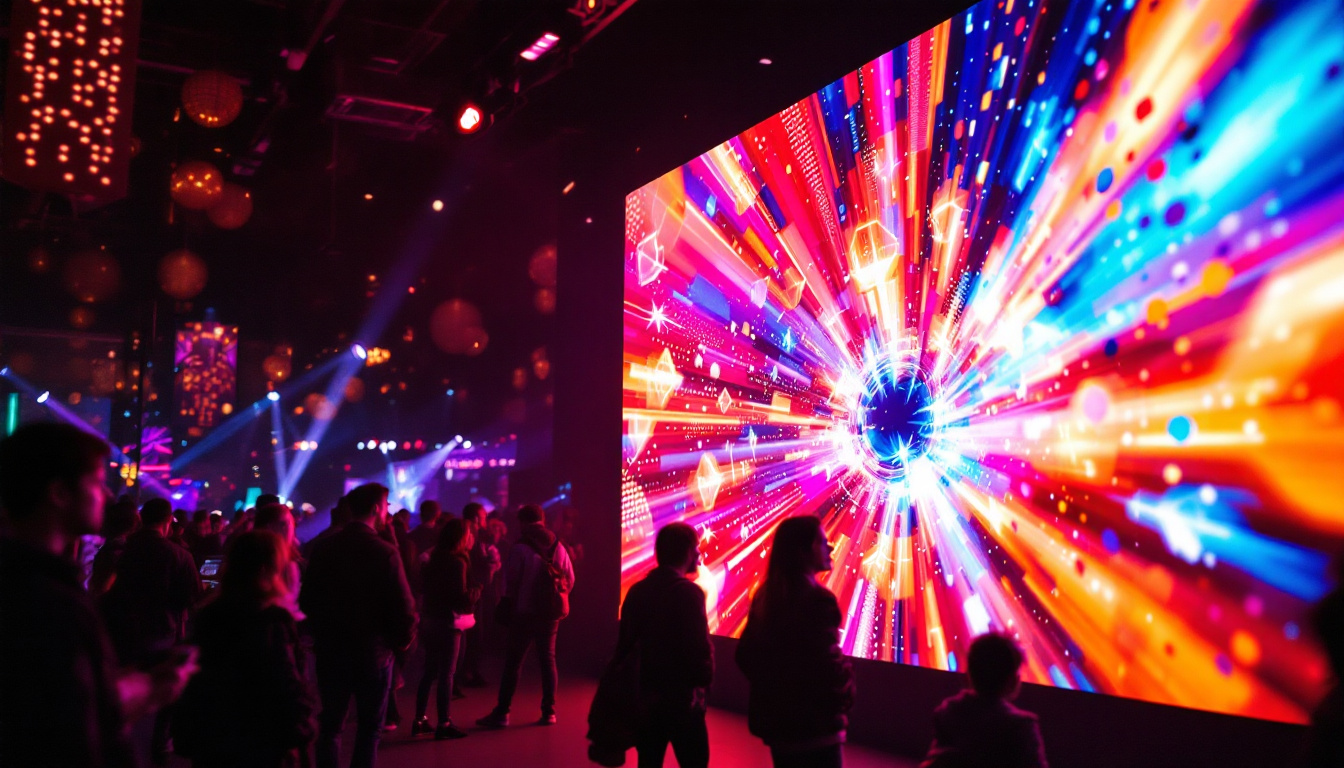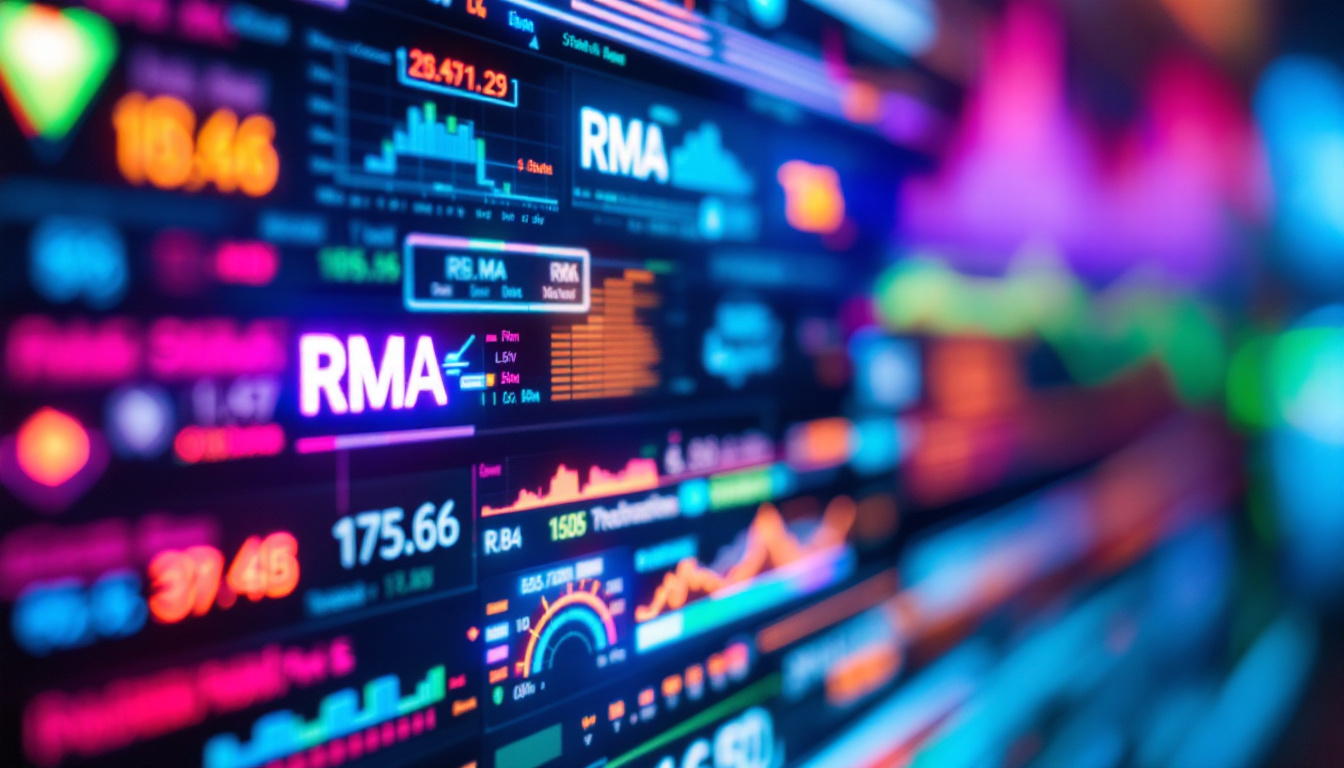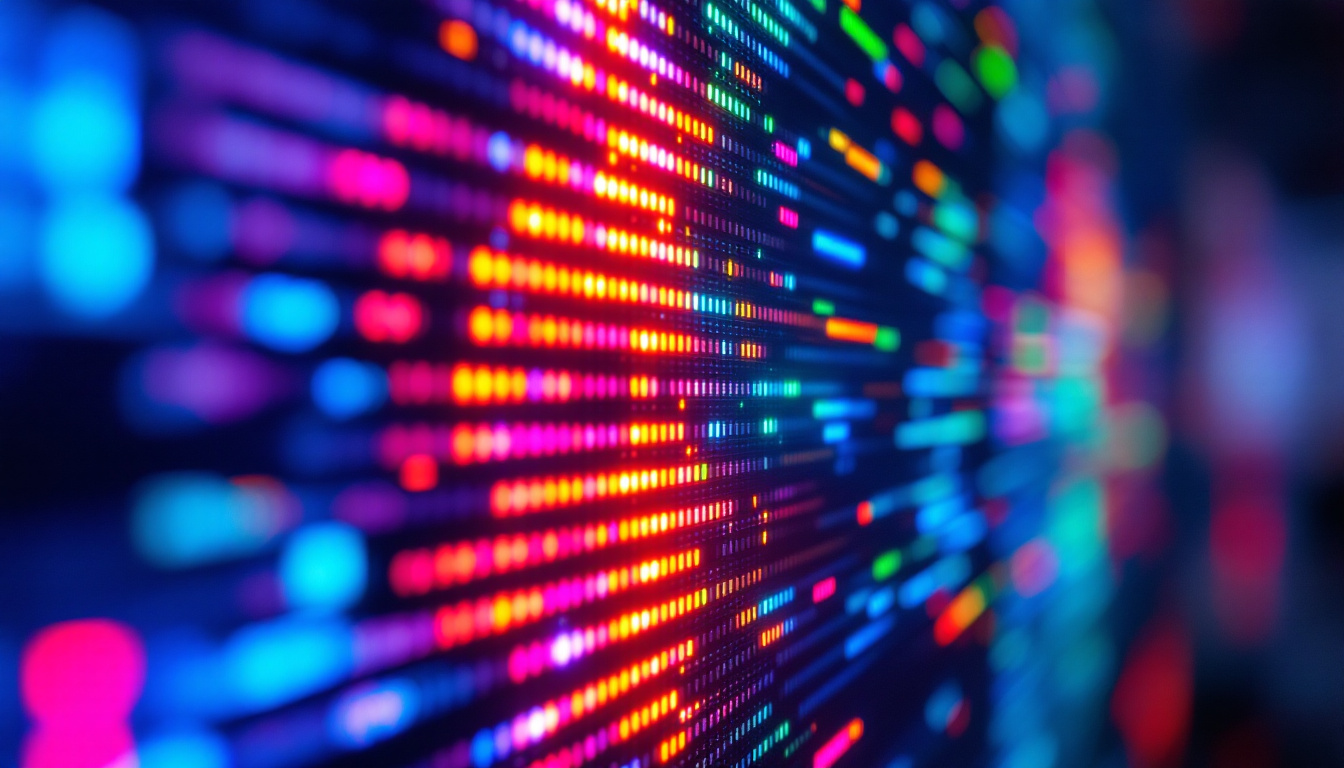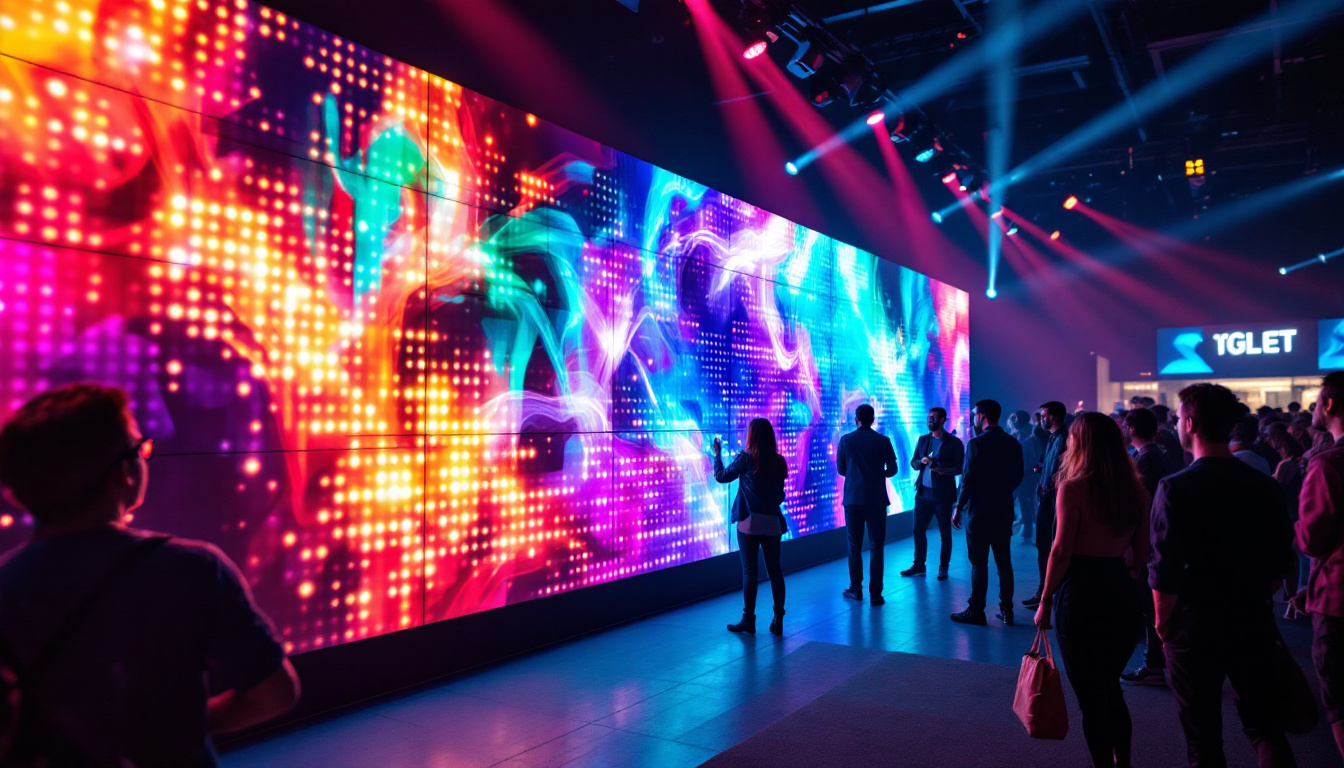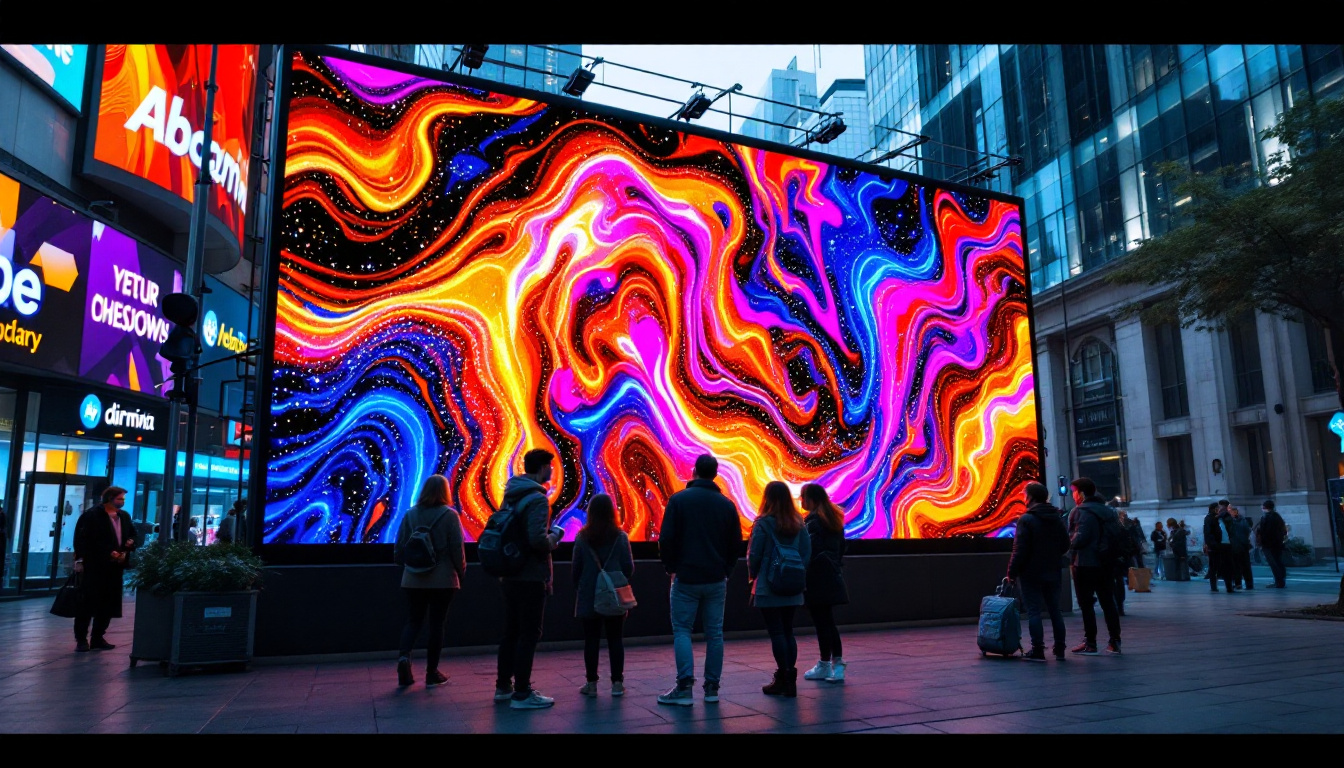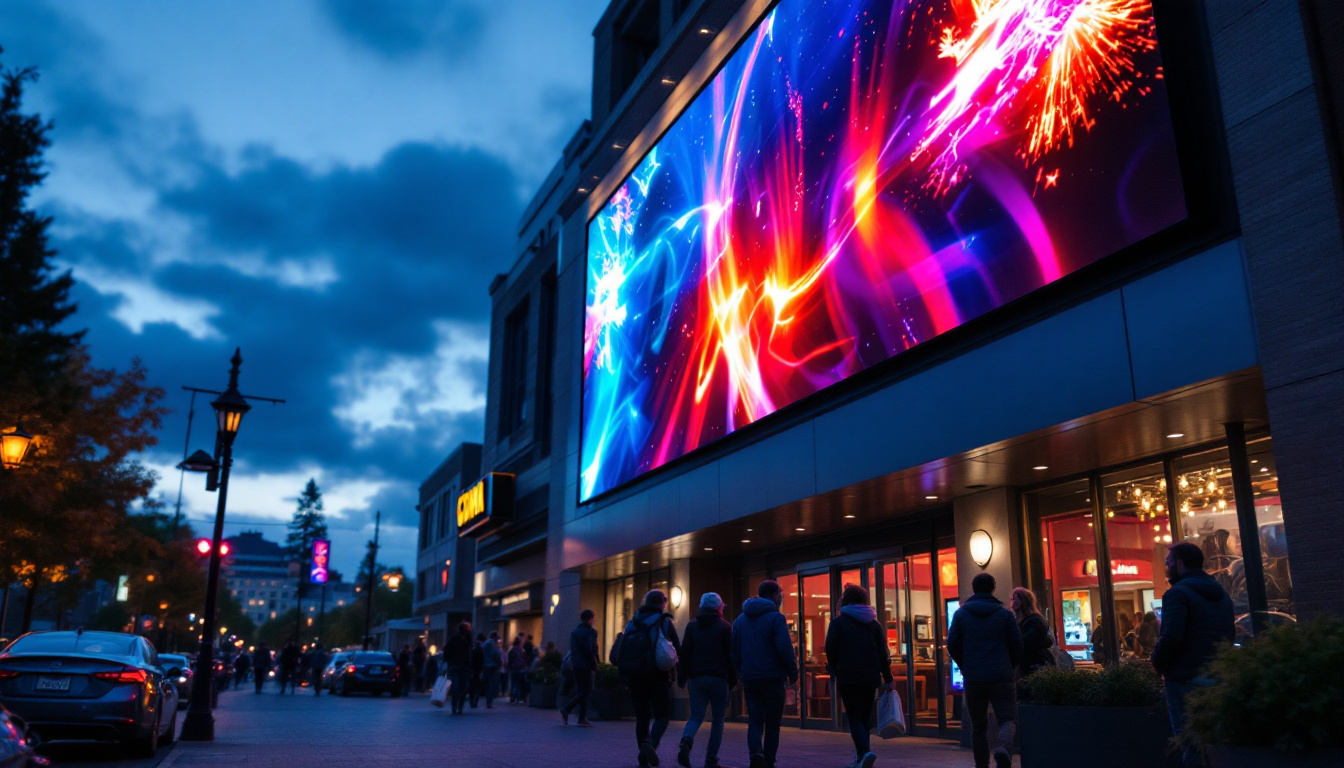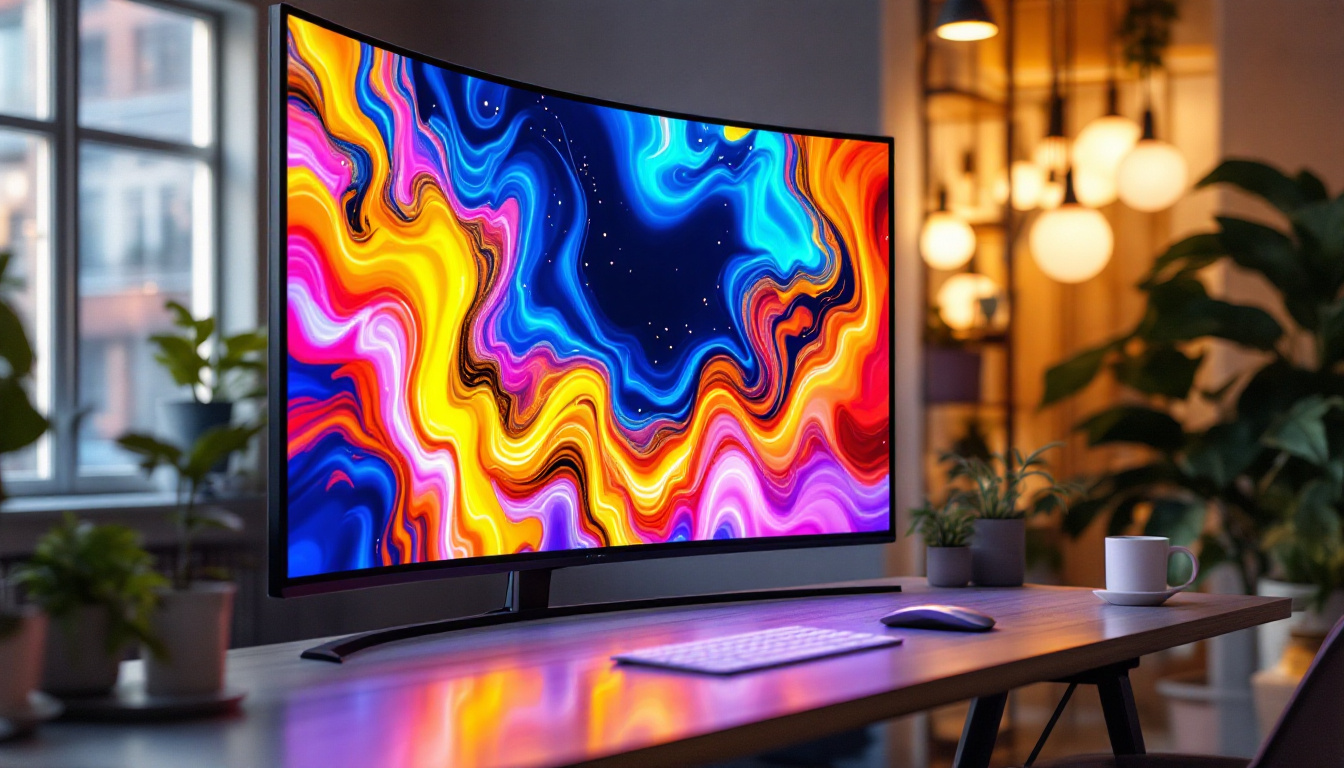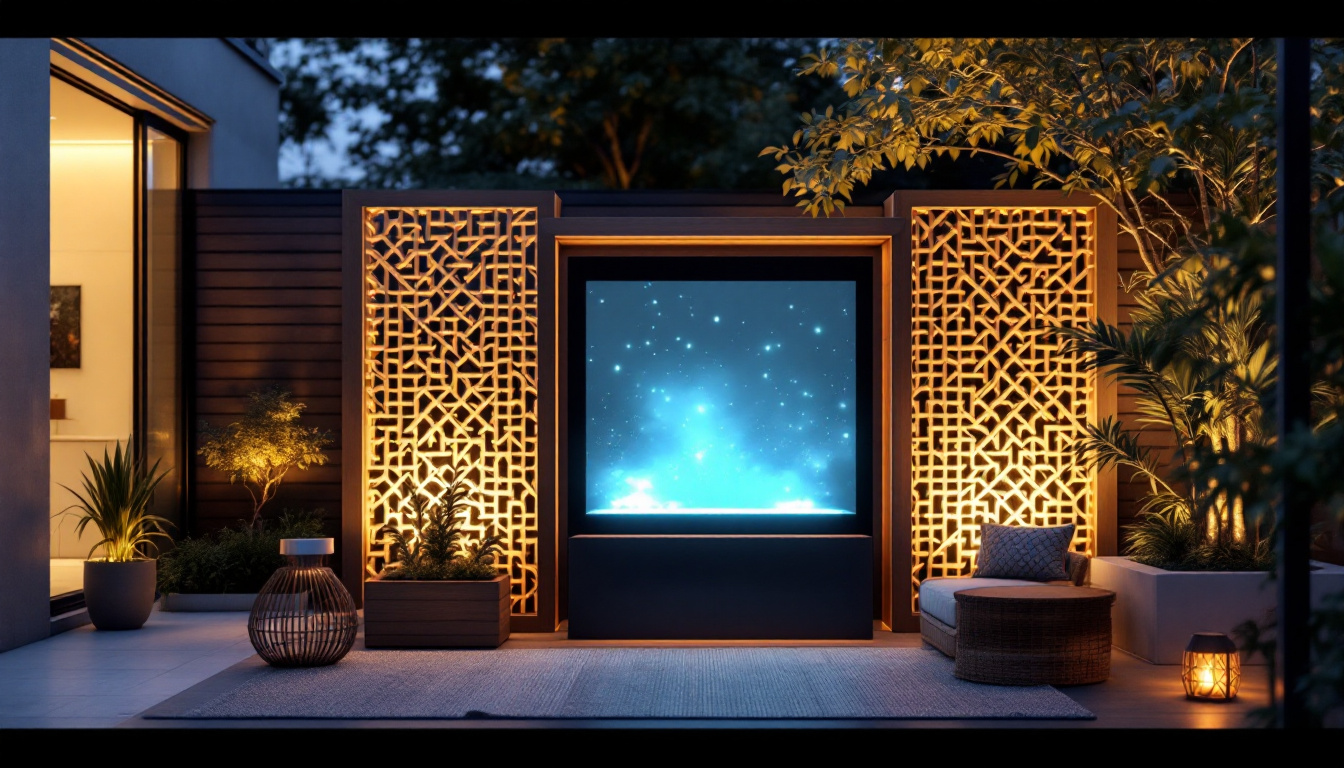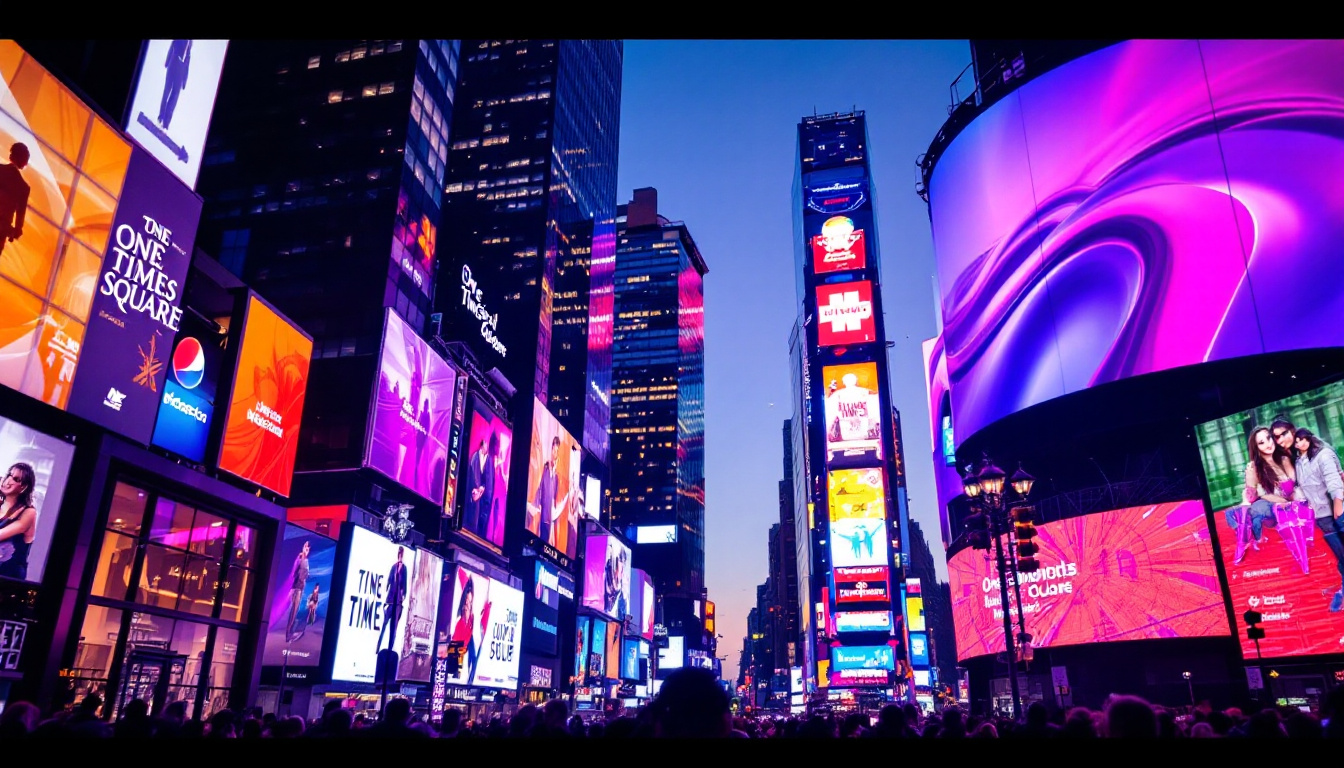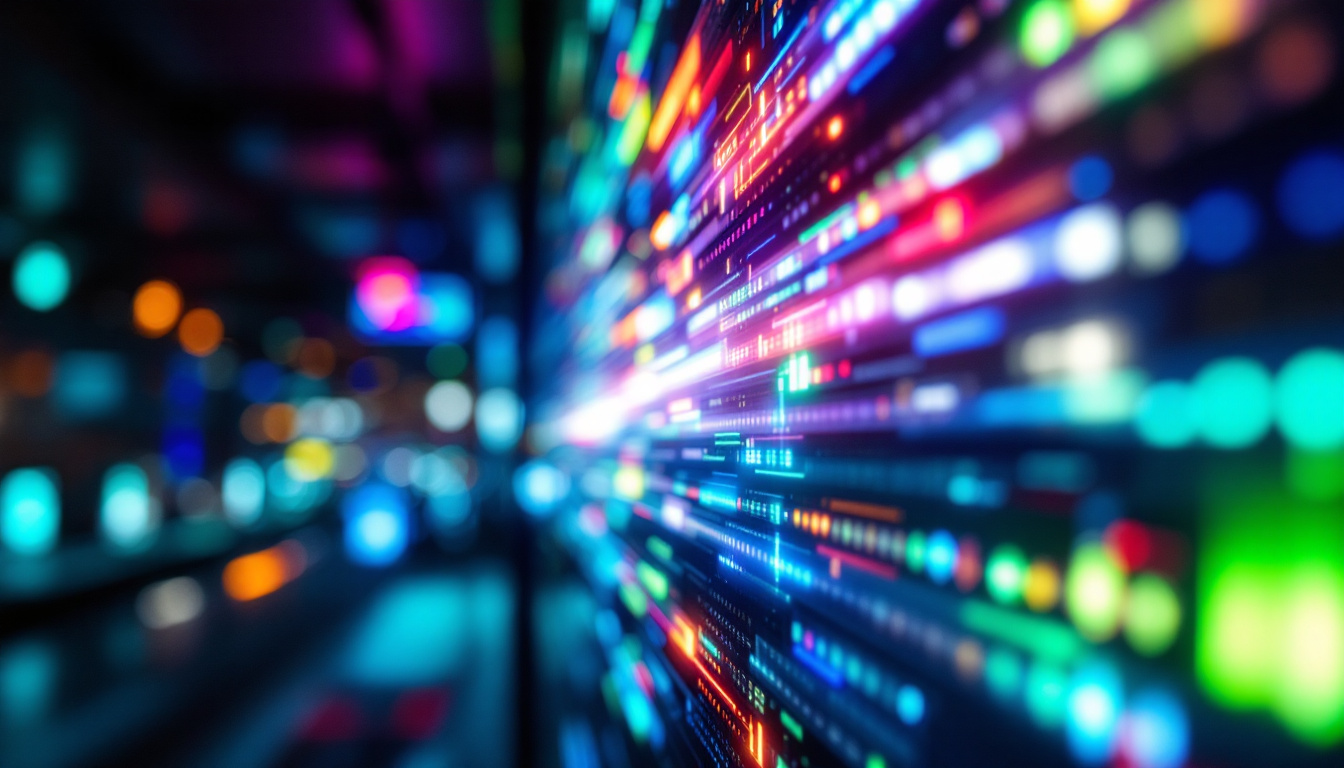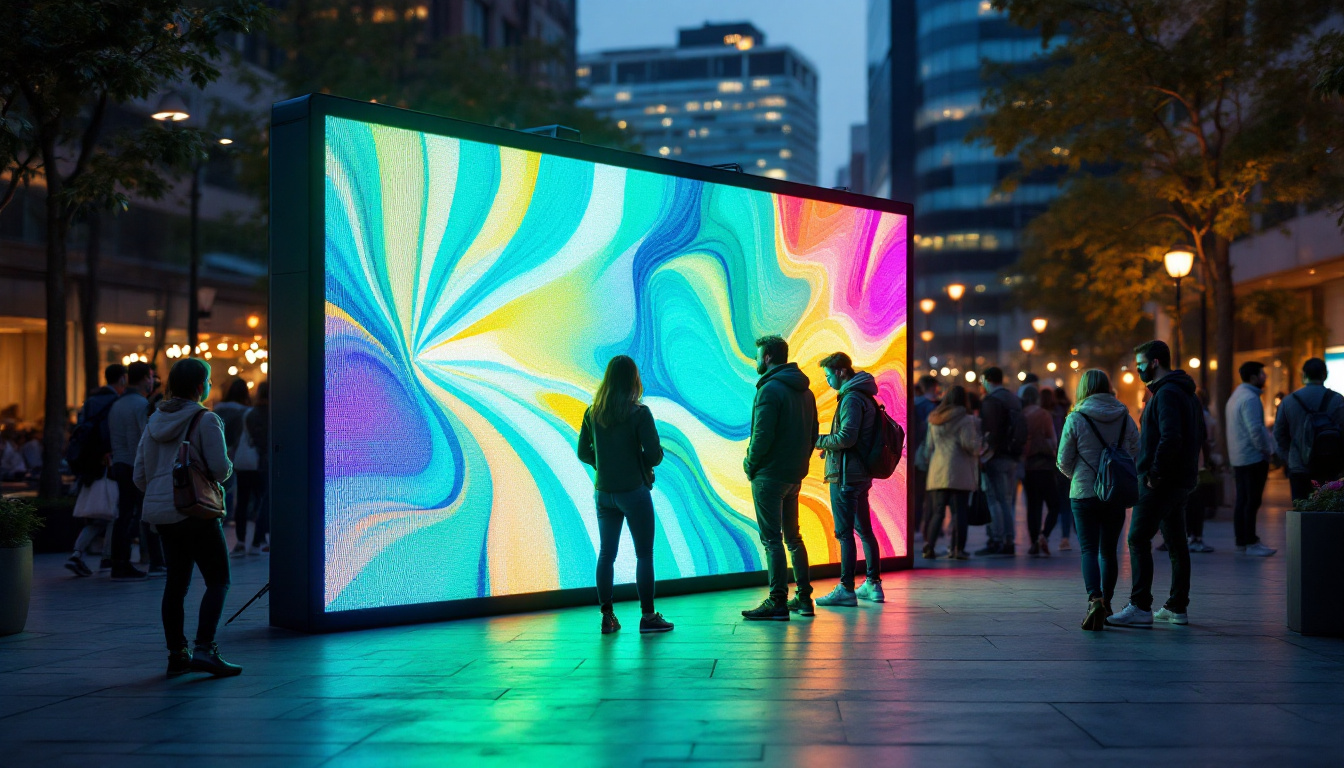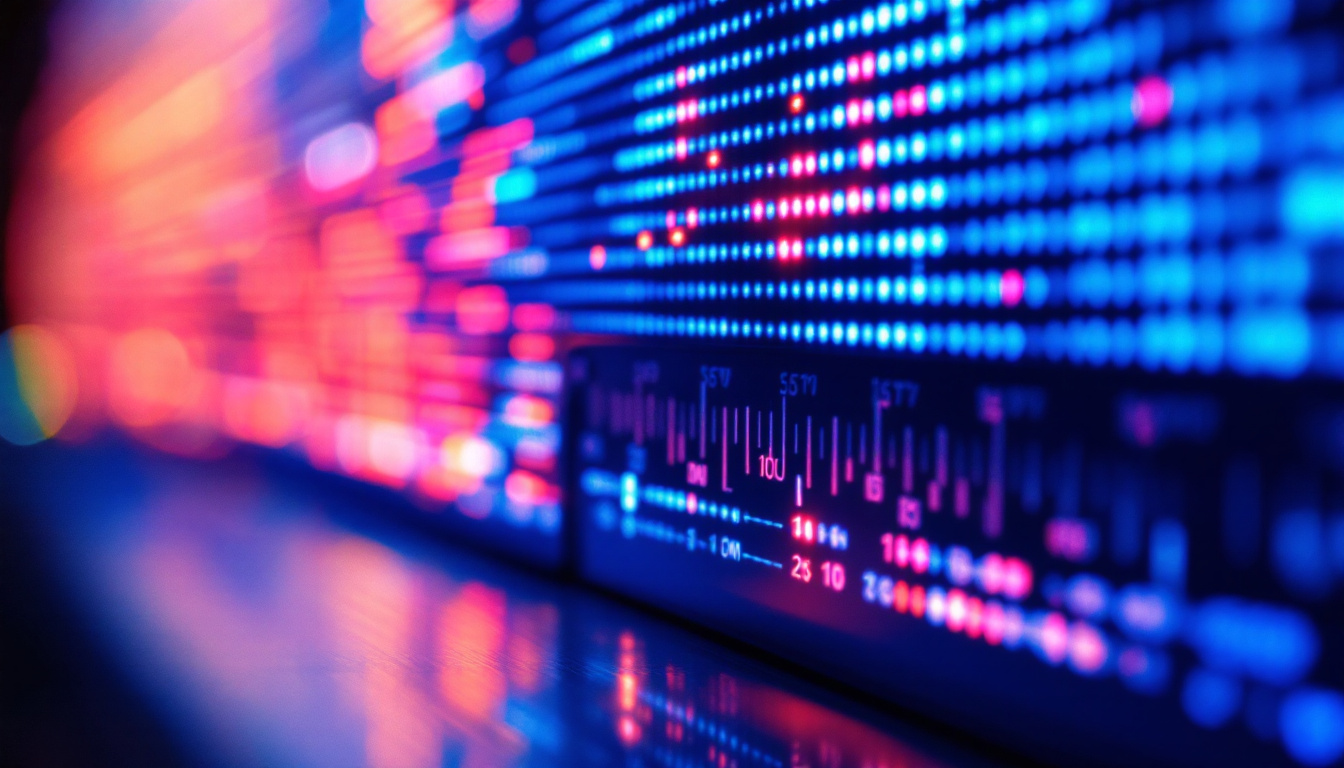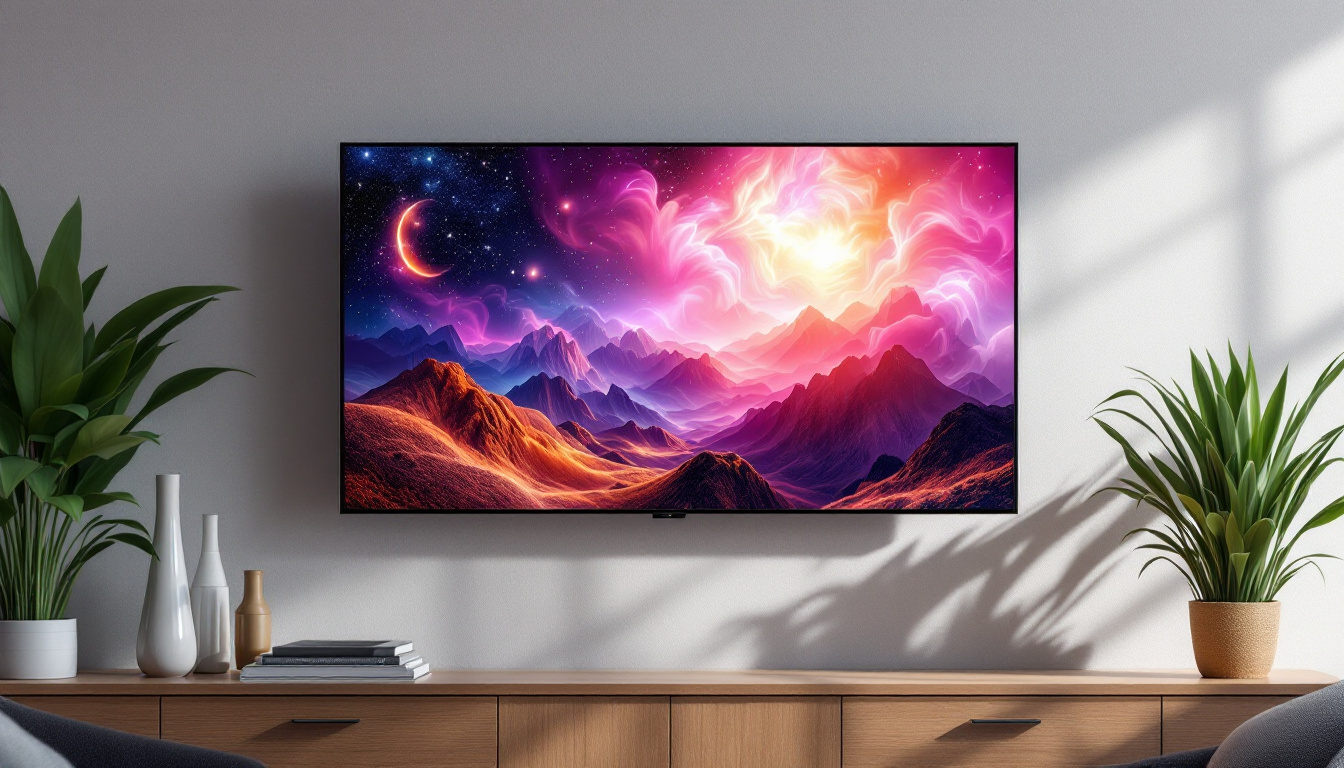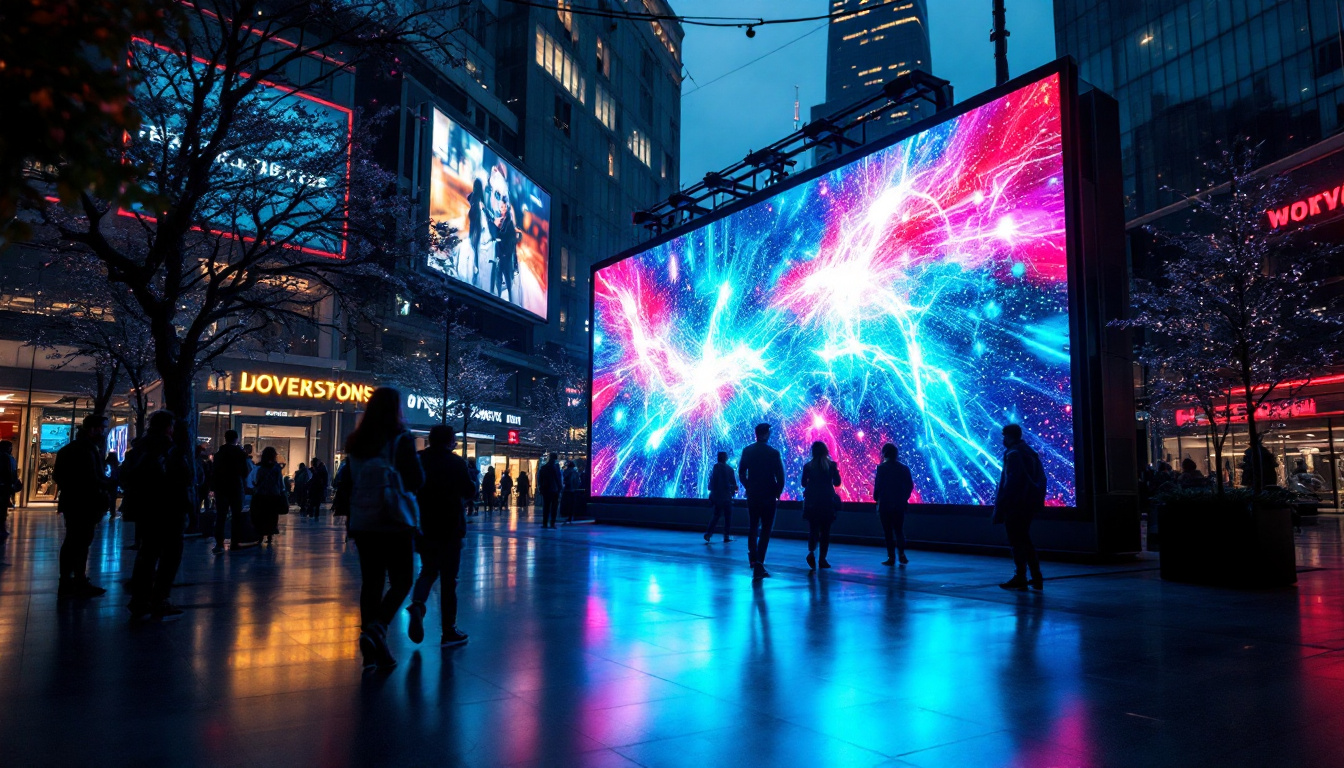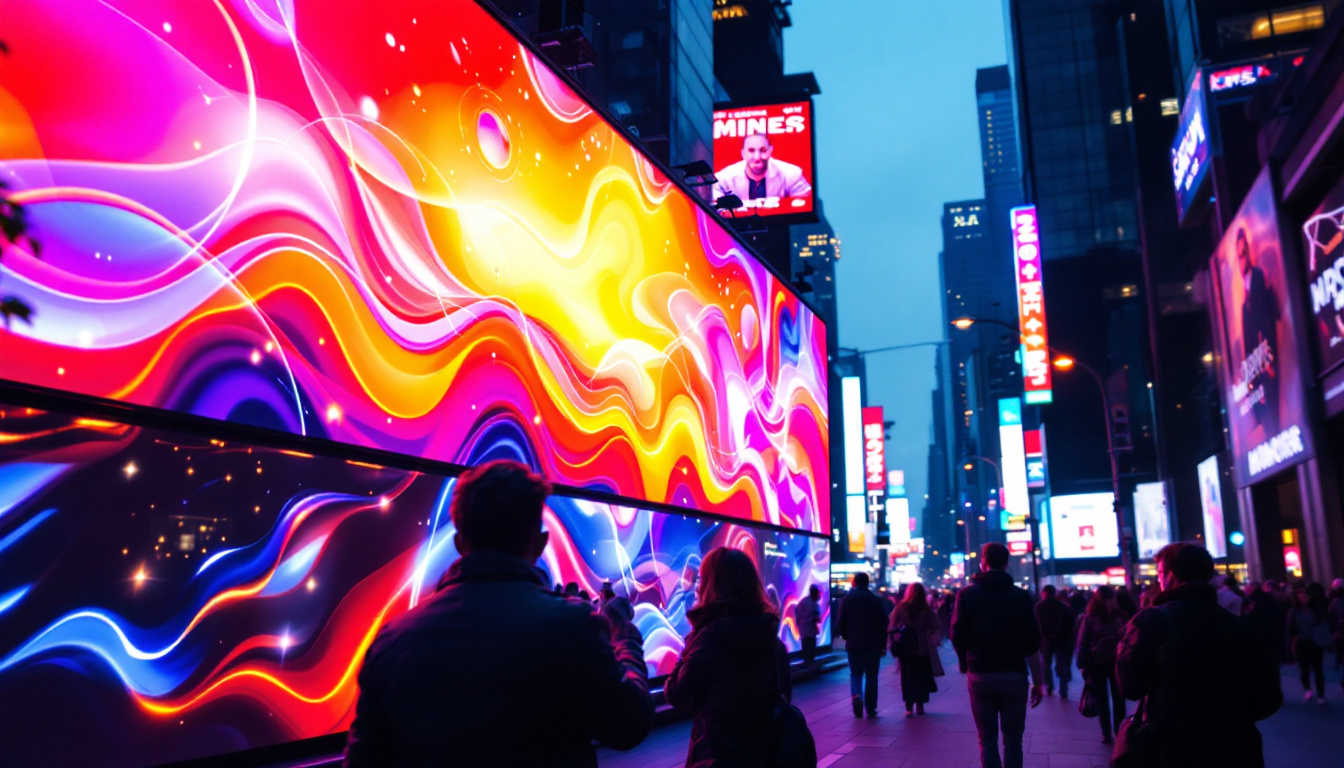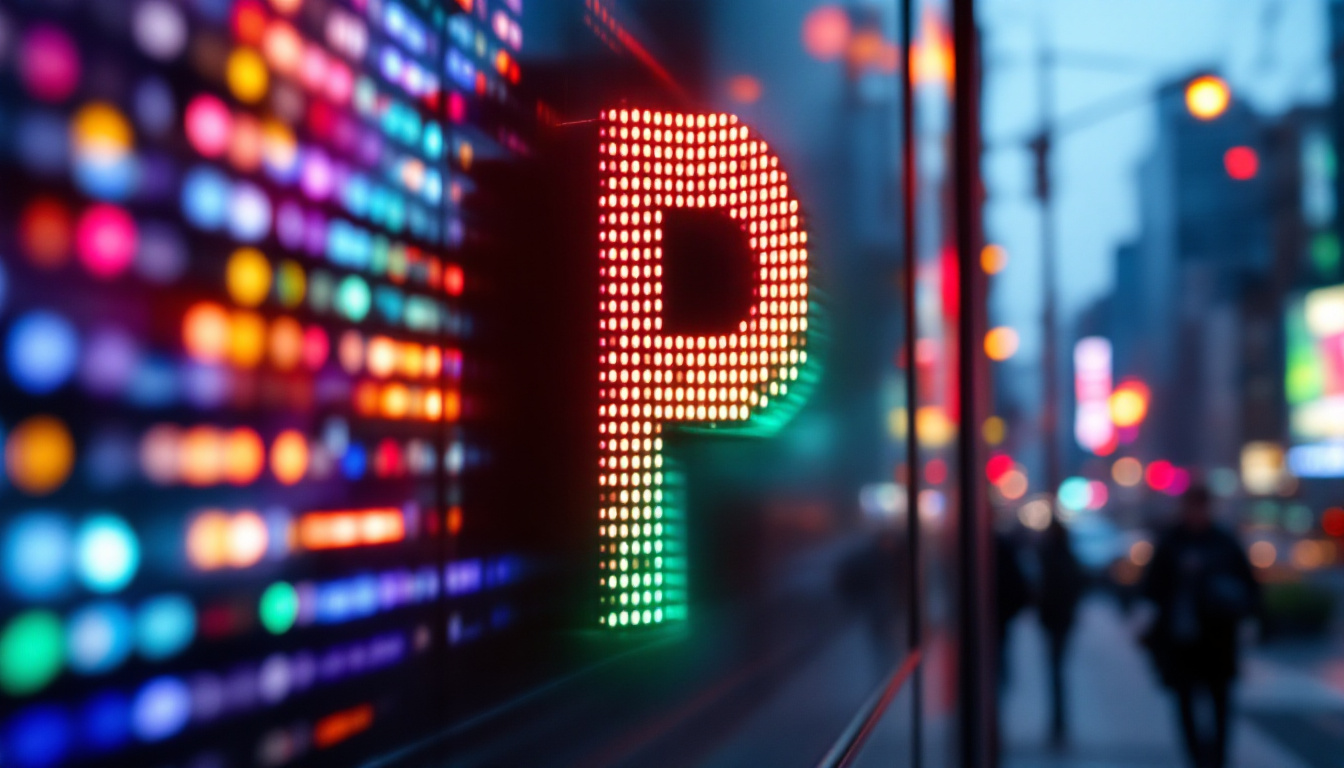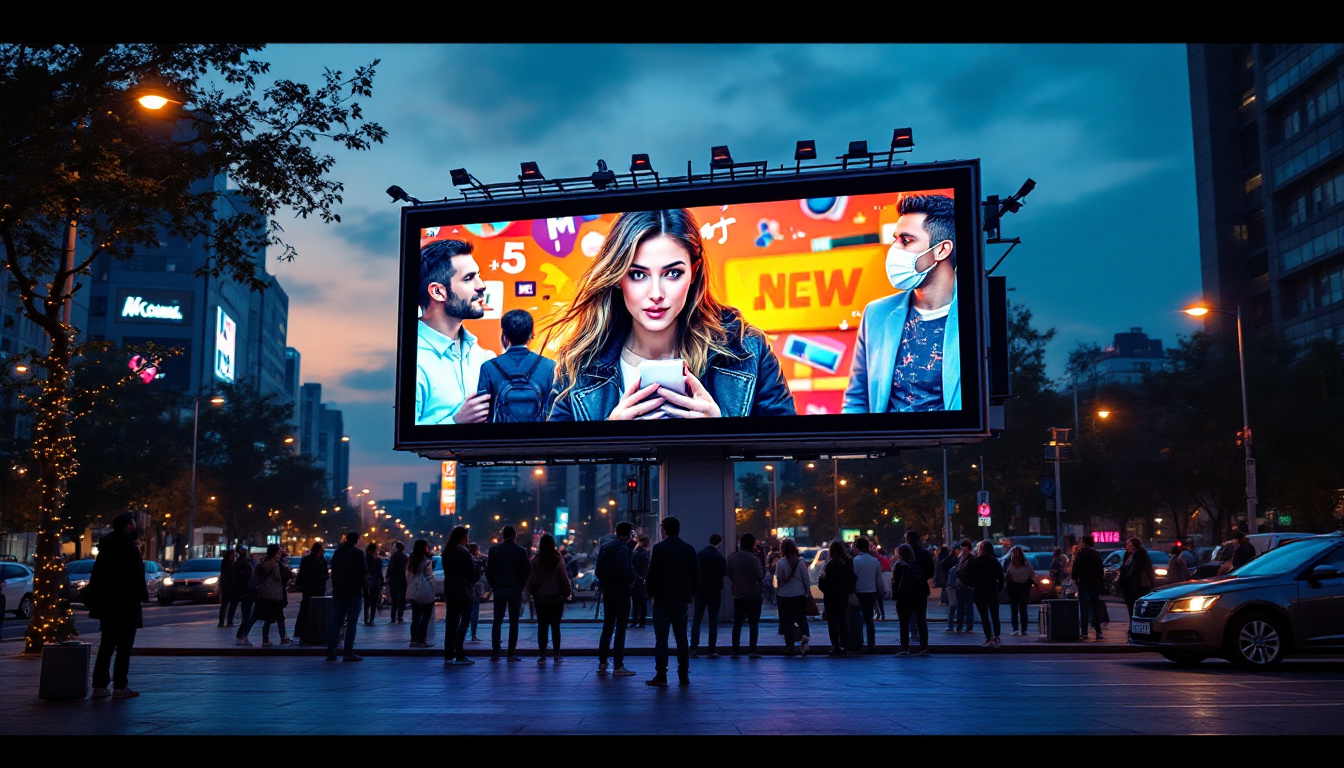In the world of visual communication, matrix LED displays have emerged as a powerful tool for conveying information and capturing attention. These displays, characterized by their ability to present dynamic content in vibrant colors, have become ubiquitous in various settings, from advertising billboards to sports arenas. This article delves into the intricacies of matrix LED displays, exploring their technology, applications, advantages, and future trends.
Understanding Matrix LED Displays
Matrix LED displays are composed of a grid of light-emitting diodes (LEDs) arranged in a matrix format. Each LED in the matrix can be individually controlled to produce different colors and brightness levels, allowing for the creation of intricate images and animations. This technology has revolutionized the way information is presented, enabling high-resolution displays that can be seen from significant distances. The versatility of matrix LED displays makes them a popular choice in various sectors, from advertising and entertainment to transportation and information dissemination.
How Matrix LED Displays Work
The fundamental operation of a matrix LED display relies on the principles of light emission and pixel control. Each pixel in a matrix display consists of red, green, and blue (RGB) LEDs. By varying the intensity of each color, a wide spectrum of colors can be produced. The control system, often powered by microcontrollers or dedicated processors, manages the on/off states of each LED, allowing for the display of complex graphics and text. This intricate control mechanism enables the display to refresh rapidly, creating smooth transitions and animations that captivate viewers.
Additionally, matrix LED displays utilize various driving methods, such as constant current and pulse width modulation (PWM), to ensure that the LEDs operate efficiently and maintain consistent brightness levels. This technological sophistication is what enables these displays to perform exceptionally well in diverse lighting conditions, from bright sunlight to dimly lit environments. Furthermore, advancements in thermal management and energy efficiency have made modern matrix LED displays not only brighter but also more environmentally friendly, reducing energy consumption while maximizing output.
Types of Matrix LED Displays
Matrix LED displays come in various types, each suited for different applications. The most common types include:
- Outdoor LED Displays: Designed to withstand harsh weather conditions, these displays are typically larger and brighter, making them ideal for billboards and public signage. They often feature protective coatings and robust housings to guard against rain, wind, and UV exposure, ensuring longevity and reliability.
- Indoor LED Displays: These displays are used in venues such as theaters and conference rooms, where high-resolution images and videos are essential for effective communication. With finer pixel pitches, indoor displays can achieve stunning clarity, making them perfect for presentations, concerts, and sporting events.
- Transparent LED Displays: A newer innovation, these displays allow viewers to see through them while still presenting images and videos, making them suitable for retail environments. By blending digital content with physical products, transparent displays create an engaging shopping experience, enhancing product visibility while maintaining an open atmosphere.
Moreover, there are also flexible LED displays that can be bent or shaped to fit unconventional spaces, allowing for creative installations in art and architecture. These displays can be used to create immersive environments or dynamic signage that adapts to the surrounding architecture, further pushing the boundaries of visual communication.
Applications of Matrix LED Displays
The versatility of matrix LED displays has led to their adoption across various industries. Their applications are vast and varied, reflecting the growing demand for dynamic visual communication tools.
Advertising and Marketing
One of the most prominent uses of matrix LED displays is in advertising. Brands utilize these displays to showcase vibrant advertisements that capture the attention of passersby. The ability to change content quickly allows advertisers to tailor their messages to specific audiences or events, maximizing engagement and impact.
In shopping malls, for example, matrix LED displays are often used to promote sales, new products, or upcoming events. Their eye-catching visuals can draw customers into stores, significantly boosting foot traffic and sales. Additionally, the integration of interactive elements, such as QR codes or touchscreens, can further enhance customer engagement, allowing shoppers to access more information or special offers directly from the display.
Entertainment and Events
In the entertainment industry, matrix LED displays play a crucial role in enhancing live events. Concerts, sports games, and festivals often feature large LED screens that display live feeds, graphics, and animations, enriching the audience’s experience.
Moreover, these displays are essential for broadcasting information, such as scores during sports events or schedules during concerts. Their ability to present real-time updates ensures that audiences remain engaged and informed throughout the event. The use of high-definition visuals can transform a simple performance into a spectacular show, captivating audiences with stunning imagery and synchronized light displays that complement the music or action on stage.
Transportation and Public Information
Matrix LED displays are also widely used in transportation systems to provide real-time information to passengers. Train stations and airports utilize these displays to show arrival and departure times, gate information, and other essential updates.
In urban settings, digital billboards and signage can convey critical public information, such as traffic updates or emergency alerts, ensuring that citizens are well-informed and safe. Furthermore, these displays can be programmed to adapt to changing conditions, such as displaying alerts for severe weather or road closures, thereby enhancing public safety and awareness. The ability to integrate with various data sources allows for a more responsive communication system, making matrix LED displays an invaluable tool in modern urban infrastructure.
Advantages of Matrix LED Displays
The rise in popularity of matrix LED displays can be attributed to several key advantages they offer over traditional display technologies.
High Visibility and Brightness
One of the standout features of matrix LED displays is their exceptional brightness. Unlike LCD or projection-based displays, LEDs can produce vibrant colors and high contrast ratios, making them easily visible in various lighting conditions. This high visibility is particularly advantageous for outdoor applications, where sunlight can wash out the images on a screen. Furthermore, the ability to adjust brightness levels dynamically allows these displays to maintain clarity and impact, whether during the bright light of day or in low-light environments. This adaptability ensures that content remains engaging and effective, regardless of the time of day or surrounding conditions.
Energy Efficiency
Matrix LED displays are designed to be energy-efficient, consuming less power compared to traditional display technologies. This efficiency not only reduces operational costs but also contributes to a lower environmental impact, making them a sustainable choice for businesses and organizations. Moreover, advancements in LED technology have led to the development of smart displays that can optimize energy consumption based on the content being displayed. For instance, darker images require less power, allowing for further energy savings while still delivering stunning visuals. This dual benefit of cost-effectiveness and eco-friendliness positions matrix LED displays as a forward-thinking choice for modern enterprises.
Longevity and Durability
Another significant advantage of matrix LED displays is their longevity. LEDs have a long operational life, often exceeding 100,000 hours, which means they require less frequent replacements. Additionally, they are more resistant to shock and vibration, making them suitable for various environments, including outdoor locations. This durability is complemented by their ability to withstand extreme weather conditions, such as heavy rain, snow, and intense heat, ensuring that they remain functional and visually appealing over time. As a result, businesses can invest in matrix LED displays with confidence, knowing that they will provide reliable service and maintain their aesthetic appeal for many years, reducing the need for costly maintenance and replacements.
Challenges and Considerations
While matrix LED displays offer numerous benefits, there are also challenges and considerations that users must keep in mind.
Initial Investment Costs
The initial cost of purchasing and installing matrix LED displays can be substantial. While prices have decreased over the years, high-quality displays still require a significant investment. Organizations must weigh the long-term benefits against the upfront costs to determine if this technology aligns with their budget and goals.
Content Management
Effective content management is crucial for maximizing the impact of matrix LED displays. Organizations need to develop engaging and relevant content that resonates with their target audience. This requires ongoing effort and resources to ensure that the displayed information remains fresh and appealing.
Technical Expertise
Operating and maintaining matrix LED displays often requires specialized technical knowledge. Organizations may need to invest in training staff or hiring experts to manage the displays effectively, ensuring optimal performance and minimizing downtime.
The Future of Matrix LED Displays
As technology continues to evolve, the future of matrix LED displays appears promising. Several trends are emerging that are likely to shape the development and application of this technology in the coming years.
Integration with Smart Technology
The integration of matrix LED displays with smart technology is on the rise. With the advent of the Internet of Things (IoT), these displays can be connected to various data sources, allowing for real-time updates and dynamic content generation. This capability enhances the relevance of the displayed information and improves audience engagement.
Advancements in Resolution and Color Quality
As manufacturing techniques improve, matrix LED displays are becoming increasingly capable of delivering higher resolutions and better color quality. This advancement will enable more detailed images and smoother animations, further enhancing the visual experience for viewers.
Environmental Considerations
With growing awareness of environmental issues, the demand for sustainable display technologies is increasing. Future matrix LED displays are likely to prioritize energy efficiency, recyclable materials, and reduced waste in their design and manufacturing processes, aligning with global sustainability goals.
Conclusion
Matrix LED displays have transformed the landscape of visual communication, offering unparalleled brightness, versatility, and engagement. Their applications span various industries, from advertising to public information, making them an invaluable tool for conveying messages effectively. While challenges exist, the advantages they offer, coupled with advancements in technology, position matrix LED displays as a key player in the future of digital signage. As organizations continue to adapt to changing consumer behaviors and technological innovations, matrix LED displays will undoubtedly remain at the forefront of visual communication solutions.
Explore Cutting-Edge LED Display Solutions with LumenMatrix
As you consider the vast potential and transformative impact of matrix LED displays outlined in this article, we invite you to experience the pinnacle of LED display technology with LumenMatrix. Our commitment to innovation ensures that our range of LED display solutions, from Indoor and Outdoor LED Wall Displays to specialized options like Vehicle, Sports, and Floor LED Displays, not only meet but exceed the demands of modern visual communication. Embrace the future with our Custom, All-in-One, and Transparent LED Displays designed to captivate and engage your audience. Discover how LumenMatrix can elevate your brand’s visibility and create mesmerizing visual experiences. Check out LumenMatrix LED Display Solutions and join the revolution in digital signage excellence.

